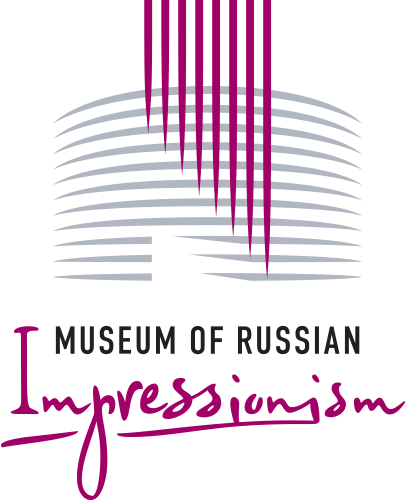Collection
Permanent exhibition
The permanent exhibition of the Museum covers a considerable chronological range. The earliest painting is ‘In The Park’ (1880s) by Konstantin Korovin. Many works presented in the Museum’s collection have been brought back to their homeland thanks to the efforts of the Museum’s founder. Among them are Nikolai Bogdanov-Belsky’s ‘Summer’. The works of such artists as Igor Grabar, Konstantin Yuon have too rarely been exhibited, and the Museum is now proud to display them.
Showing 1-10 of 45 items.
Russian impressionism museum
Working hours
Monday — Sunday: 11:00 – 21:00 Ticket Office closes 30 minutes prior to Museum closing.The museum is closed to change the exhibition. On October 21, we meet again at the museum!



